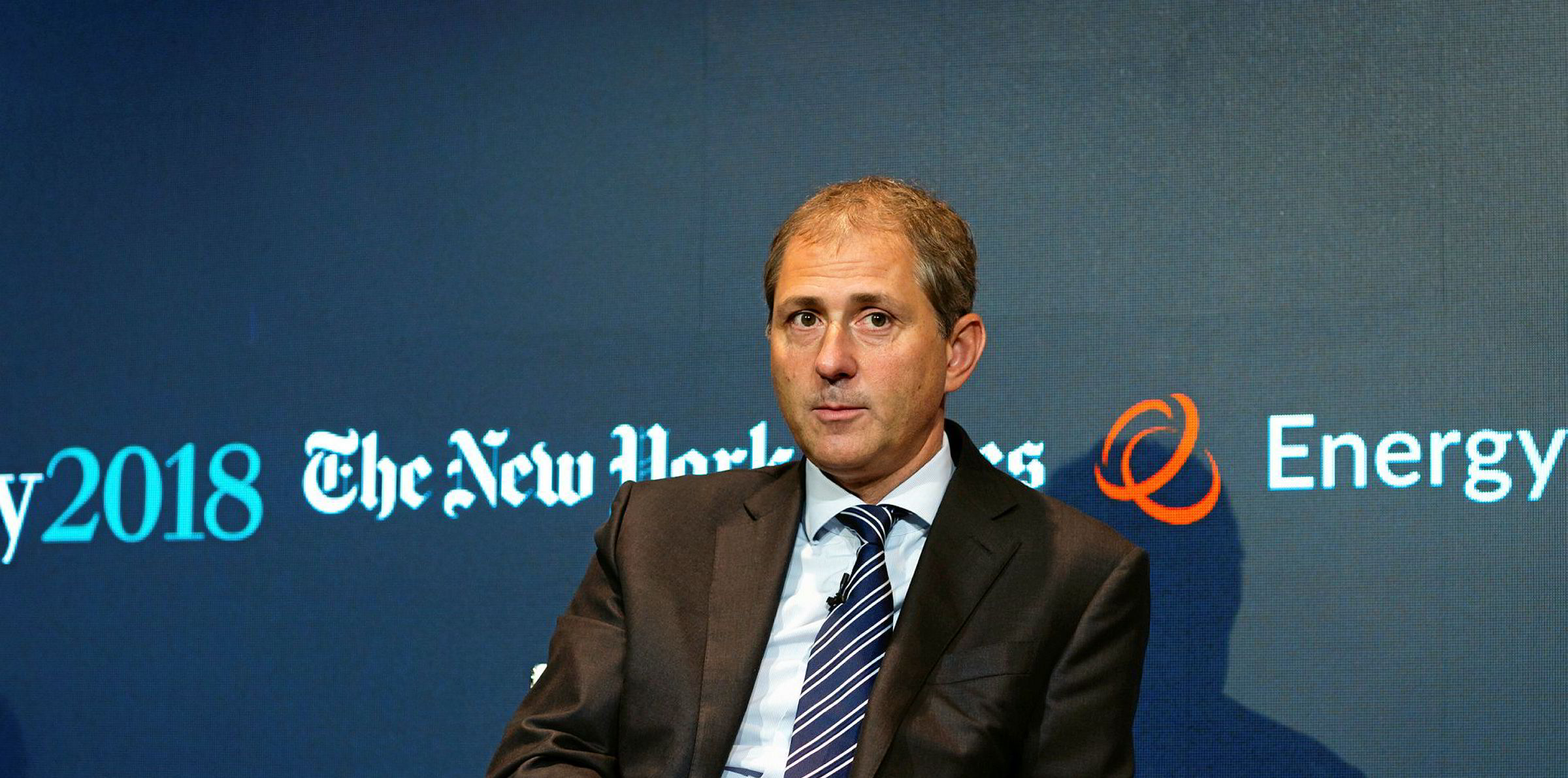The supply overhang of high-sulphur fuel oil (HSFO) will be a more serious issue post-2020 than potential shortages of compliant bunker fuel, according to some senior industry executives.
According to the IMO’s regulations, vessels will need to run on 0.5%-sulphur fuel, LNG or be installed with scrubbers to continue consumption of HSFO with sulphur limits at 3.5% from 2020.
While predicting challenges for both refiners and shipowners in meeting the regulatory requirements, Glencore’s chief executive in oil and gas Alex Beard said eventually output of compliant distillates should be sufficient to meet demand.
“We will find enough distillates. I don’t think there is going to be a crisis,” Beard told the Oil and Money 2018 conference.
“The stress is more on what to do with residuals [like HSFO].”
Sharing similar sentiments, Valero Energy chairman Joseph Gorder said “the real issue” with the IMO 2020 rules would be how to deal with the seven million barrels per day of HSFO produced by global refineries currently.
Right now, the shipping sector consumes 3.5-4 million bpd of the output. Some refiners have been investing in facilities that can produce compliant fuel via blending and re-processing while a increasing number of owners are adding scrubbers onboard.
“You can see half of them be dealt with. You still have a big chunk [left],” Gorder said. “The only folks who can deal with [HSFO] are refiners and the shipping industry."
Gorder added that power plants that can fuel on HSFO can probably also consume one million bpd post-2020. “But you still probably have 1-1.5 million bpd you need to deal with.”
Some refiners, like Valero itself, have been adding coking capacity to process more residuals into lighter products, according to Gorder.
But such upgrades could take years when the time spent on seeking regulatory approvals is included, he added.





